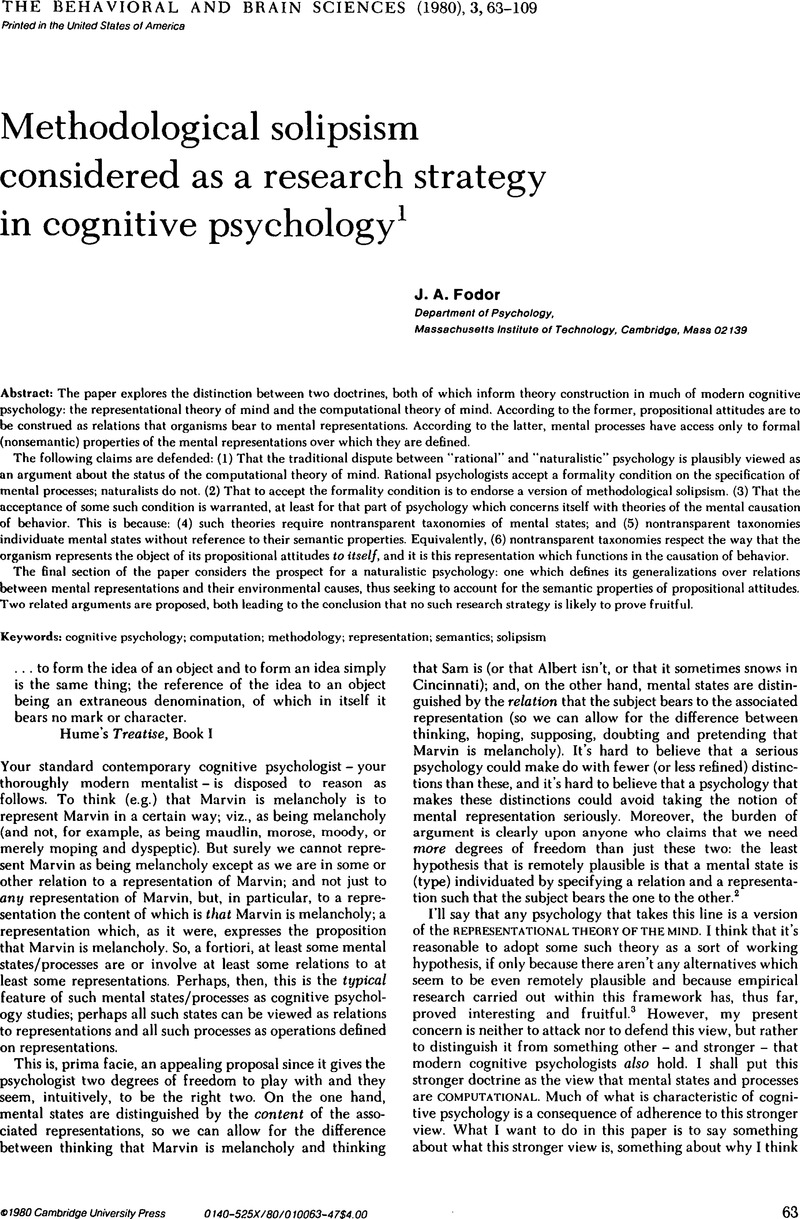Crossref Citations
This article has been cited by the following publications. This list is generated based on data provided by Crossref.
Maloney, J. Christopher
1985.
Methodological Solipsism Reconsidered as a Research Strategy in Cognitive Psychology.
Philosophy of Science,
Vol. 52,
Issue. 3,
p.
451.
Lloyd, Dan
1987.
Mental representation from the bottom up.
Synthese,
Vol. 70,
Issue. 1,
p.
23.
Kazez, Jean R.
1994.
Computationalism and the causal role of content.
Philosophical Studies,
Vol. 75,
Issue. 3,
p.
231.



